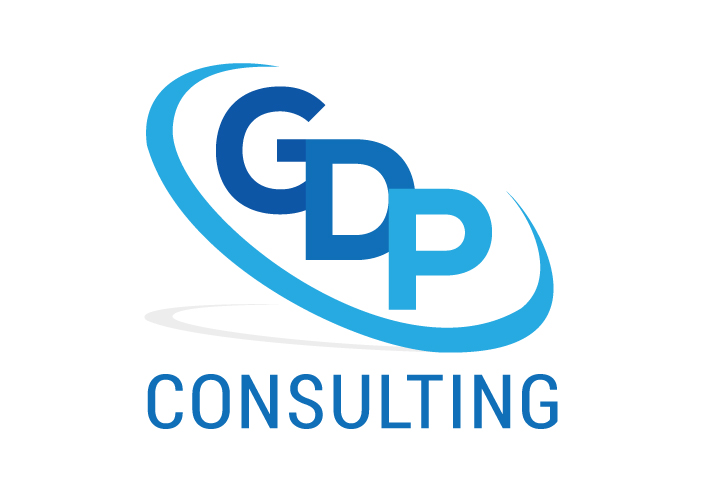 Introduction
Introduction
As board members have you thought about the amount of information generated by yourselves, senior executive team members and professionals working within your organization. Word processing is now the norm. Many organizations use email extensively, and some set up separate email addresses for board members. Social media is used frequently to communicate with stakeholders and partners.
Open Communication
Boards want open communication and transparency. Now with variety of technologies available it is easy to generate and share information. As outlined in the Decision Making Model of Governance it is important to effectively govern that information in order to minimize risks while enhancing communication and maintaining the information’s value to the organization, especially when the entity has many branches spread out across a vast geography.
Minimizing Errors
Boards want to minimize the potential for error and maximize the positive effects of open and speedy communication. Board members, CEOs and other professionals are too busy to waste time and energy. Everyone wants to avoid the stress associated with poor communication and lack of information sharing.
Need for Good Policies
 Excellent board policies address how the board will deal with issues related to its obligations to protect information, while it outlines what is needed to meet its goals and objectives.
Excellent board policies address how the board will deal with issues related to its obligations to protect information, while it outlines what is needed to meet its goals and objectives.
All boards want to avoid the ire of pressure groups and the media. There are so many critical issues facing each board that it is important to ensure policies address how it will handle complaints, reduce the potential for legal challenges and work in harmony with its key stakeholders.
The board has the responsibility to ensure the CEO has clear implemented management policies and that the CEO reports any major risks to the board immediately.
The keys are to:
- Implement measurable policies
- Ensure the CEO has effective management policies and procedures which specify what it means to be in compliance with those policies
- Have a mechanism to ensure the board is notified of major risks immediately
- Ensure the organization has the budget to purchase and maintain the tools necessary to share and protect information
- Ensure the CEO reports regularly whether management took all the necessary steps to ensure compliance with the governance policies.
Governments, members and primary stakeholders depend on boards to protect their interests. Governance of information is one key responsibility.

